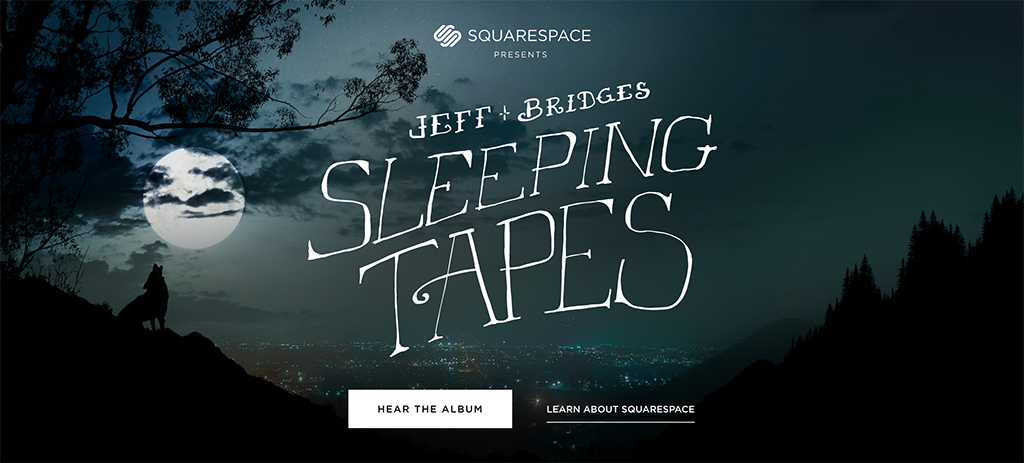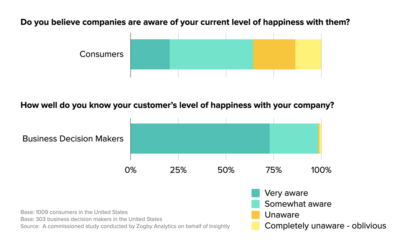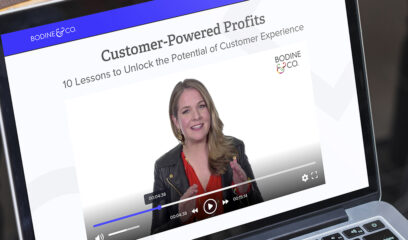The Super Bowl is an annual bellwether for how brands and traditional ad agencies think about digital marketing and multichannel customer experiences. Since 2007, I’ve been watching with one eye on the game and the other on how TV ads promote (or don’t) digital channels. Over the years, we’ve moved from basically zero mentions of websites or social media channels to URLs, Twitter handles, and Facebook pages becoming regular fixtures at the end of ads.
But it’s not all touchdowns and high fives for the digital world. Here’s how 2015’s Super Bowl ads (which cost a whopping $4.5 million for 30 seconds of airtime) shook out:
Hashtags won! (Kind of.) 2015 was the year of the Super Bowl hashtag. A slew of established brands and startups—including Budweiser, Doritos, Lexus, Mercedes, and Wix—directed viewers to hashtags at the end of their ads. However, the sheer number of hashtags displayed in this year’s Super Bowl actually reduces the likelihood that viewers will remember any given one.
Facebook was the clear loser. In sharp contract to previous years, I saw just one specific Facebook mention—in NASCAR on NBC’s ad after the end of the game. Ouch. Of course, consumers can use the bounty of Super Bowl hashtags on Facebook. But the clear Facebook snub indicates that the once-dominant social media site no longer dwarfs social properties like Twitter, Pinterest, and Instagram—at least in the minds of digital marketers—and brands will be turning less to Facebook for customer engagement in 2015.
URLs finally made it to the big time. For years, I’ve bemoaned the teensy weensy type that ad agencies have used to display URLs on TV ads. It’s almost as if the ad execs were simply checking off a requirement in the client brief—and didn’t believe those URL thingies actually did anything to further their clients’ marketing objectives. This year, two brands (and their agencies) finally broke this mold. T-Mobile’s kimsdatastash.com and Squarespace’s dreamingwithjeff.com URLs took over most of the horizontal screen real estate for several seconds, making it easy for viewers to see and remember these online destinations.
Despite the highlights above, a surprising number of Super Bowl ads either had no pointers to digital properties—or continued the years-old trend of displaying hashtags and URLs in mouse type for just a fraction of a second (rendering them essentially invisible in the process).
Today’s ad agencies need to realize that their clients’ customers now move fluidly between TV programs, social media, branded sites, and mobile apps. When will they get with the program and support the ways that consumers actually discover and research their clients’ products and services? I’ll be watching the Super Bowl again in 2016 to find out…




